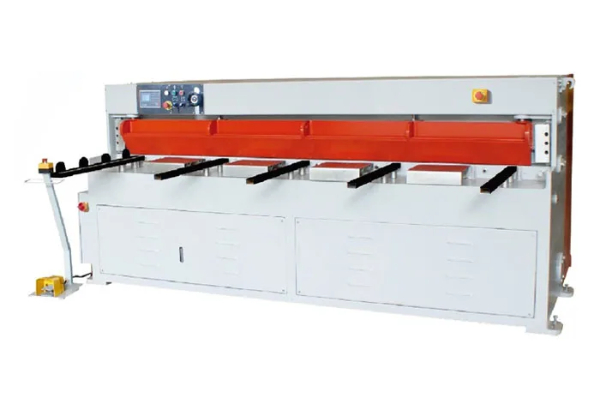
Duct Rolling Machines vs. Traditional Fabrication Methods- A Comparison
- By:Metmac
- 2024-05-10
- 180
Introduction
In the realm of HVAC systems, duct fabrication is a critical process that involves shaping sheet metal into conduits for distributing air throughout buildings. Traditionally, this task was performed using manual methods, but in recent years, duct rolling machines have emerged as a revolutionary alternative, offering significant advantages over conventional techniques. This article will compare duct rolling machines with traditional fabrication methods, highlighting their respective strengths, weaknesses, and applications.
Efficiency
Duct Rolling Machines:
– Automate the rolling process, eliminating manual labor and reducing production time.
– Produce longer pieces of ductwork, minimizing the need for joints and reducing installation time.
Traditional Methods:
– Require labor-intensive manual cutting, folding, and seaming.
– Produce shorter sections of ductwork, resulting in more joints and increased installation effort.
Accuracy and Consistency
Duct Rolling Machines:
– Utilize precision tooling and computer-controlled operation to achieve highly accurate and consistent dimensions.
– Reduce the risk of errors and ensure a uniform finished product.
Traditional Methods:
– Rely on manual skills and experience, which can lead to variations in accuracy and consistency.
– Require constant monitoring and adjustments to maintain quality.
Material Utilization and Waste
Duct Rolling Machines:
– Optimize material usage by efficiently rolling the sheet metal into the desired shape.
– Minimize waste by producing longer sections with fewer joints.
Traditional Methods:
– Generate more scrap due to the need for cutting and trimming the sheet metal.
– Joints and seams can lead to material loss and reduced structural integrity.
Versatility and Customization
Duct Rolling Machines:
– Offer a wide range of sizes and shapes for different ductwork applications.
– Can accommodate custom designs and specialized requirements.
Traditional Methods:
– Limited to standard duct shapes and sizes.
– Customization requires extensive manual labor and specialized tools.
Cost-effectiveness
Duct Rolling Machines:
– Have a higher initial investment cost compared to traditional equipment.
– However, their increased efficiency, reduced labor costs, and material savings can result in significant long-term cost savings.
Traditional Methods:
– Lower upfront costs but require more labor and materials.
– Can become less cost-effective for large-scale projects and complex ductwork designs.
Conclusion
Duct rolling machines offer a compelling alternative to traditional fabrication methods, delivering increased efficiency, accuracy, material optimization, and versatility. While their initial cost may be higher, their long-term benefits make them a highly cost-effective choice for large-scale and complex HVAC projects. Traditional methods, on the other hand, remain suitable for smaller projects and applications that do not require the same level of precision, consistency, and customization. The choice between duct rolling machines and traditional fabrication methods ultimately depends on the specific requirements of the project and the desired balance between cost, efficiency, and quality.
-
Advanced Sheet Metal Rolling, Cutting, and Folding Machines for Efficient Fabrication
2025/10/22 -
High-Precision Sheet Metal Bending and Cutting Solutions for Modern Manufacturing
2025/10/22 -
High-Precision Solutions from Leading Sheet Metal Cutting Machine Manufacturers
2025/09/11 -
Reliable Sheet Metal Equipment for Sale to Support Precision Fabrication
2025/07/17
-
Advanced Sheet Metal Rolling, Laser Cutting, and Folding Machines for Precision Fabrication
2025/10/31 -
High-Performance Sheet Metal Bending and Cutting Machines for Modern Fabrication
2025/10/31 -
High-Quality Sheet Metal Equipment for Sale: Efficient Solutions for Modern Manufacturing
2025/10/31 -
High-Performance Sheet Metal Equipment for Sale: Forming and Shearing Solutions for Modern Fabrication
2025/10/22
-
A Guide to the Latest Innovations in Sheet Metal Folding Machines
2024/11/29 -
Key Features to Consider When Investing in a Sheet Metal Folding Machine
2024/11/28 -
Enhancing Precision with Advanced Sheet Metal Folding Machines
2024/11/27 -
How to Choose the Right Sheet Metal Folding Machine for Your Workshop
2024/11/26






